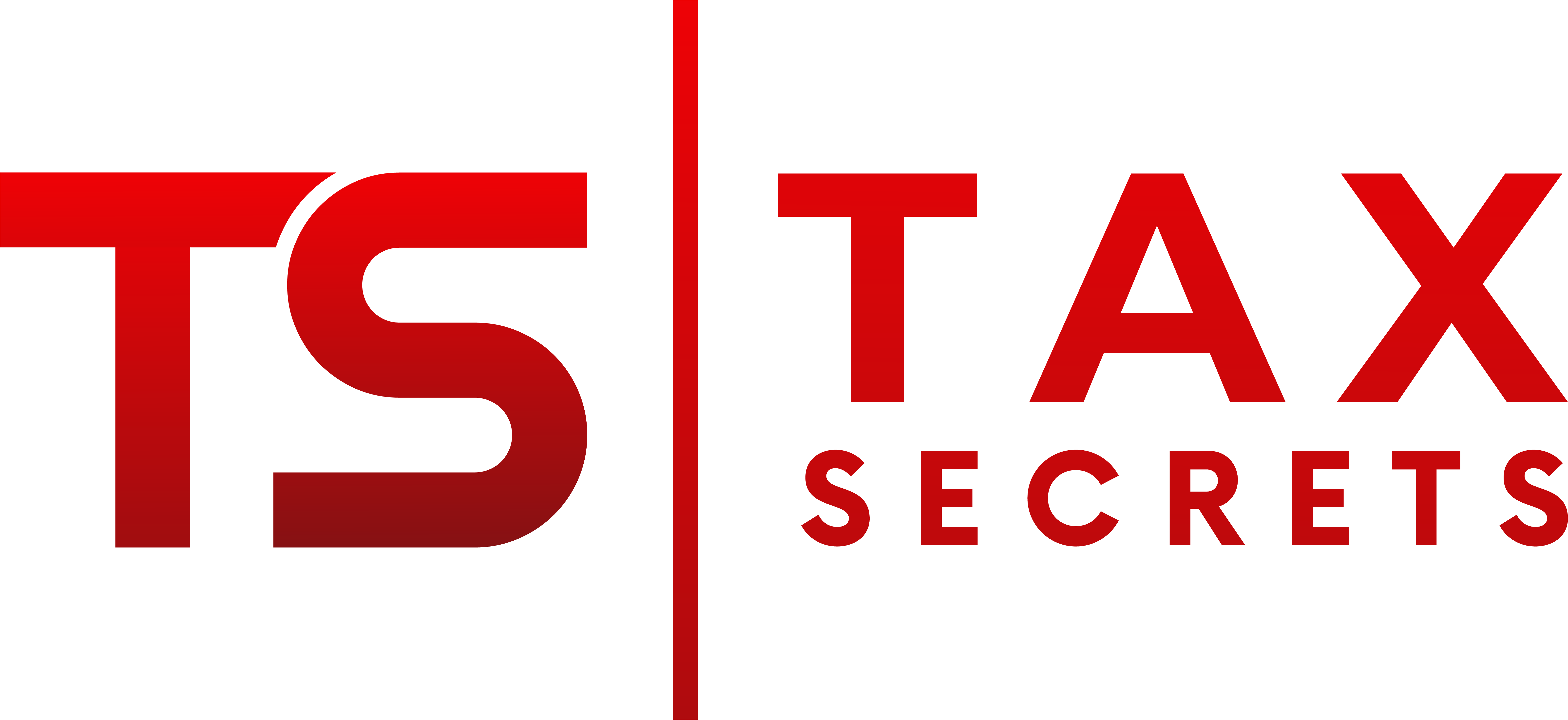Smart Strategies for Building and Expanding Your Nest Egg
In today’s dynamic financial landscape, it’s imperative to explore innovative ways to save and grow your nest egg. This comprehensive guide outlines practical and proven savings hacks that can significantly enhance your financial security and future prosperity.
1. Craft a Comprehensive Budget:
The foundation of any successful savings plan starts with a well-defined budget. By meticulously tracking your income and expenses, you gain a clear understanding of where your money is going. This insight enables you to identify areas for potential cutbacks, paving the way for increased savings.
2. Streamline Savings with Automation:
Harness the power of automation to effortlessly bolster your savings. Establish automatic transfers from your checking account to your designated savings account. This seamless process ensures consistent contributions, allowing you to build your nest egg without the need for constant manual intervention.
3. Optimize Retirement Contributions:
Maximize the benefits of employer-sponsored retirement plans like 401(k)s. Channel as much of your income as possible into these accounts, enjoying the added advantage of tax-deductible contributions. This strategic move not only secures your financial future but also yields immediate tax savings.
4. Leverage Tax Credits:
Explore the plethora of available tax credits to minimize your tax liability. For instance, the Child Tax Credit and the Earned Income Tax Credit (EITC) offer substantial relief for low to moderate-income individuals and families, especially those with children. Knowing which credits apply to your situation can result in significant savings.
There are several tax credits available for higher earners and business owners. Here are a few:
Research & Development Tax Credit: This credit is designed to incentivize businesses to invest in research and development. It’s available to businesses of all sizes that design, develop, or improve products, processes, techniques, formulas, or software.
Work Opportunity Tax Credit (WOTC): This credit is available to employers who hire individuals from certain targeted groups, including veterans, ex-felons, and individuals receiving government assistance. The credit can be up to 40% of the first $6,000 in wages.
Foreign Tax Credit: If you or your business pays taxes to a foreign government, you may be eligible for a credit on your U.S. tax return.
Energy Investment Tax Credits: Businesses that invest in renewable energy or energy-efficient equipment may be eligible for a tax credit. This includes investments in solar energy systems, fuel cells, and small wind turbines.
New Markets Tax Credit: This credit is designed to encourage investment in low-income communities. It provides a credit for investments made in community development entities that, in turn, provide loans, investments, or services in low-income communities.
Low-Income Housing Tax Credit: This credit is available to developers or investors in affordable housing projects. The credit is equal to a percentage of the cost of investment in affordable housing properties.
Employer-Provided Child Care Credit: Businesses that provide child care facilities or services for their employees may be eligible for a tax credit.
Small Employer Health Insurance Premiums Credit: Small businesses that pay at least half of the premiums for employee health insurance coverage may be eligible for this credit.
Remember, tax credits are dollar-for-dollar reductions in your tax liability, making them a powerful tool for reducing your overall tax bill. However, tax laws are complex and change frequently, so it’s always a good idea to consult with a tax professional to ensure you’re taking advantage of all the credits you’re eligible for.
5. Embrace Health Savings Accounts (HSAs):
For those enrolled in high-deductible health plans, HSAs present a valuable opportunity. Contributions to an HSA are tax-deductible, providing a dual benefit of reducing taxable income while creating a dedicated fund for qualified medical expenses.
6. Cultivate a Side Hustle:
Augment your income by venturing into a side hustle. Whether freelancing, selling handmade crafts, or offering specialized services, a side gig can substantially boost your earnings. Be diligent in tracking your income and expenses for accurate tax reporting.
7. Seek Expert Tax Advice:
Engaging the services of a seasoned tax professional can be a game-changer. Their expertise ensures you navigate the intricate tax landscape effectively, optimizing deductions and credits. While there may be a cost associated with hiring a tax professional, the potential savings and financial security they can unlock far outweigh the investment.
8. Stay Informed and Agile:
In an environment of constantly evolving tax laws and financial regulations, staying updated is paramount. Remaining informed empowers you to adapt your financial strategies and take advantage of new opportunities for savings.
9. Foster a Forward-Thinking Approach:
Initiate retirement planning early to capitalize on the compounding effect. The sooner you begin, the more time your investments have to flourish, ultimately securing a more substantial nest egg for your golden years.
10. Safeguard with an Emergency Fund:
Balancing future-oriented savings with immediate needs, an emergency fund is indispensable. Strive to maintain three to six months’ worth of living expenses in a readily accessible savings account. This buffer provides critical financial security in unforeseen circumstances.
Remember, each individual’s financial journey is distinct. Seek personalized advice from a financial professional who can tailor strategies to your specific circumstances and aspirations. By implementing these savings hacks, you’re not only building a formidable nest egg but also fortifying your financial future. Happy saving!

